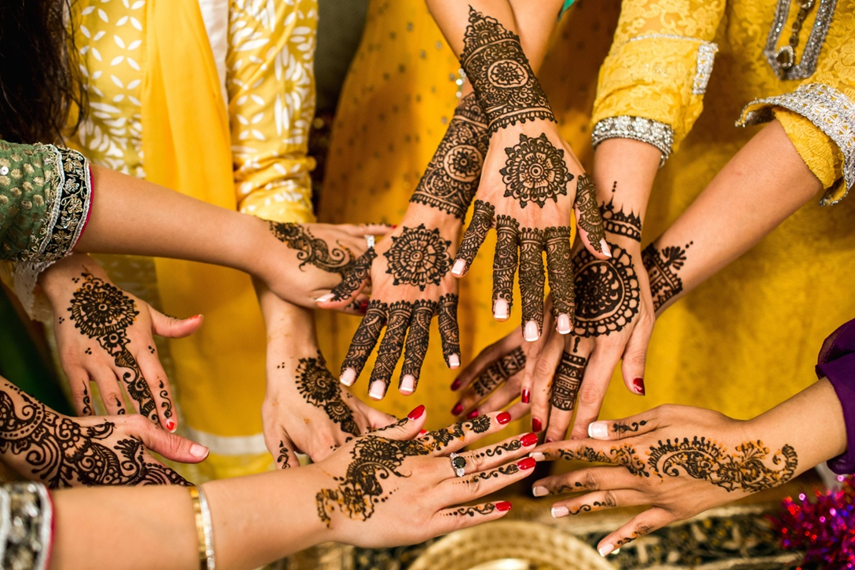People love to use henna products for a variety of different reasons. Henna, for example, can make your hair look healthier and feel stronger, whilst restoring the PH balance and natural shine of your hair.
But did you know about the different types of henna products? In this article, we will take you through the various types and their uses. Read on to find out more.
Blue-Black Henna
Blue-black henna is often made from the Jagua tree, which is the tree of life. They mix Jagua fruit with water to make teas that help protect against the common cold and it also has antibiotic properties.
In terms of blue-black henna is it perfect for temporary tattooing and decorating the body with beautiful designs and patterns. The mixture has been used by indigenous tribes in the Amazon for thousands of years, usually to depict their strength and also to decorate the body for religious ceremonies.
It is safe, organic, and natural and lasts on the body for up to two weeks. It also will not stain clothing or furniture.
Red Henna
Red henna is usually used for promoting hair growth and also coloring the hair with a red-orange hue depending on the concentration and mixture you use. It also prevents any dandruff from forming on the scalp and promotes good blood circulation in the body.
If you want a more vibrant red color for your hair it’s advisable to add a few drops of brandy, clove, or orange juice to the red henna. If you are after a more brown color then mix in a few drops of strong coffee or an indigo powder to intensify the brown tones.
Neutral Henna
Neutral henna is a green powder that is made from the cassia obovata plant. Its uses have been known for hundreds of years, mainly for its anti-fungal and anti-bacterial properties. If used on the hair it colors it a golden yellow whilst also making the hair shiny and healthy.
It can improve the texture of damaged hair and also help to smooth out split ends at the bottom of the hair molecule.
Black Henna
Black henna can be used for darker colors in hair, as well as temporary henna tattooing. The chemical para-phenylenediamine (PPD) is combined with the black henna for a more intense black color, however, the added chemical may be too strong or irritate sensitive scalps.
Make sure you do a patch test on a piece of your hair 48 hours before you intend to color your hair. If it becomes inflamed or overly irritated you might need to use a weaker solution or find an alternative.
It’s great for coloring grey hairs as well as protecting the hair from harmful UV rays.
The Different Types of Henna: What Next?
We hope this article on the different types of henna you can use on your hair and body has given you plenty of inspiration.
The great thing about henna is that it’s an excellent alternative to harsh chemicals and dyes which can irritate your skin and hair. Henna produces excellent results without you having to worry about what ingredients are in the actual solution.
If you enjoyed this article, check out our previous blog posts!

